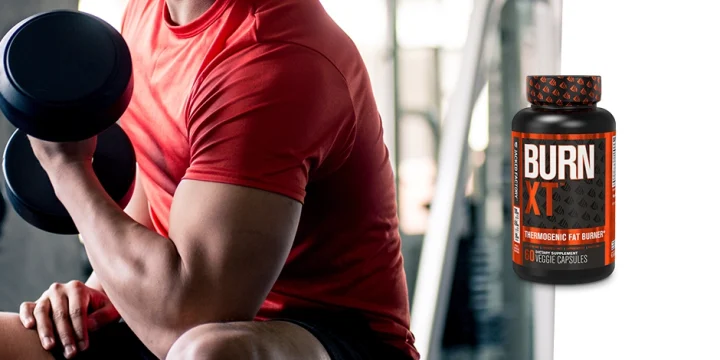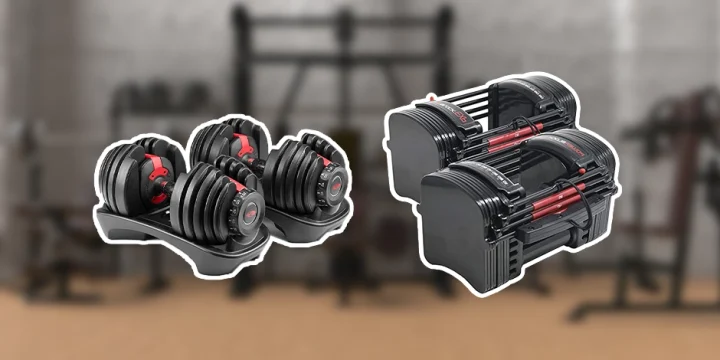As a Health & Performance Coach, I guide clients in achieving optimal body composition through strategic mass gainer use paired with tailored workout regimens. Each person's body is unique with distinct weight and mass goals, making determining the right mass gainer quantity challenging.
The process begins with a comprehensive caloric needs assessment - the foundation for any personalized nutrition strategy, allowing us to pinpoint precise caloric intake necessary to reach your goals.
Quick Summary
- To effectively use mass gainers for muscle growth, calculate your maintenance calories and consume the supplement post-workout.
- Mass gainers provide high-calorie mixtures of proteins, carbohydrates, and fats supporting muscle repair and growth.
- On average, mass gainers add 500-1000 calories to daily intake, critical for those struggling to meet caloric needs through food alone.
- Combining mass gainers with balanced diet and solid workout plans provides the best approach for sustainable muscle growth.
Calculating Your Maintenance Calories

Understanding caloric needs forms the bedrock of effective mass gain. In my early training days, I learned this lesson through trial and error - guessing intake led to disappointing results.
Using a nutrition calculator to find your maintenance level (calories needed to maintain current weight) is a game-changer that eliminates unnecessary experimentation.
Related: 5 Hacks on How to Count Calories
What Does Mass Gainer Do To Your Body?
Mass gainers provide large volumes of protein, carbohydrates, and fats to maximize calorie intake. These nutrients are essential for workout plans to deliver optimal results.
From experience, incorporating mass gainers was like adding fuel to workout intensity. The high protein, carbs, and fats provided exactly what my body needed for repair and building after intense sessions, creating noticeable differences in energy levels and recovery times.
1. Lean Mass

Most people want to eliminate body fat while building muscle mass for a more athletic appearance - achieving a ripped look without extreme bulk.
For this goal, plan 4 workouts per week with strong weight training focus. On training days, start with 200-300 kcal above your calculated base level.
2. Maximum Bulking
This bodybuilder-type goal takes muscle building to extremes. Professionals in higher weight categories may require 3+ hours of high-intensity daily exercise with thousands of extra calories.
Even amateurs supporting daily workouts can quickly require 600+ kcal per day.
Recommended: Difference Between Mass Gainer and Whey Protein
Working Out Your Extra Calories

Unless you work with a dietician and personal trainer, you will need to use a rule of thumb, but there are some simple steps you can take.
For muscle building and fat reduction: Start with extra 200 kcal daily. Monitor weight gain and BMI to target muscle growth, not fat gain. If losing weight, increase mass gainers; if gaining fat, reduce intake or increase training.
For serious bulking: Start with extra 500 kcal daily for at least once-daily training, using the same fine-tuning process.
Recommended: 3 Homemade Mass Gainer Shake Recipes
When Should You Take Mass Gainer?

Through experimentation, I found the perfect timing is right after gym sessions. Initially trying pre-workout didn't work well, but post-workout acts like a recovery elixir for muscles.
While mass gainers contain amino acids, they shouldn't replace post-workout protein shakes. I recommend taking protein supplements after cool-down, then mixing mass gainers at home within an hour of the gym.
You can also watch this video to learn more tips on when it's best to take mass gainers.

Avoiding Side Effects

Mass gainers deliver large servings of concentrated macronutrients, unlike regular food with volume and fiber that spreads nutrient absorption. This concentration can cause side effects, but prevention strategies help:
1. Gradually Increase The Amount
When you first start taking them, aim for smaller doses. You can even split your calculated intake over two smaller shakes with plenty of water. Also try to avoid mixing it with milk, as that can make things tougher to digest and cause bloating in your stomach.
That way, you give your stomach a chance to adapt to the new diet.
2. Limit Overlapping Ingredients With Other Supplements
You'll still need whey protein shakes and possibly creatine for muscle performance and recovery. However, supplements sometimes have significantly overlapping ingredients. Compare product labels to avoid very large doses of particular ingredients that could have unpleasant health results.
"Whey protein and carbohydrates do not have any side effects, though together combined with creatine they could potentially cause gastrointestinal issues."
- Peter Tzemis Nutritionist
3. Be Careful With Stimulants
Stimulants are common in pre-workouts and fat burners for higher metabolic rates, better muscle activity, and mental performance. Some mass gainers also include stimulants. Combined with coffee consumption, this can quickly cause jitters and sleep struggles. Monitor caffeine intake closely and watch your reactions.
Related Articles:
Customization of Mass Gainer Shakes
Enhance mass gainer shakes with creative ingredients for more enjoyable, nutritious bulking:
- Banana Peanut Butter: Blend ripe banana, natural peanut butter, and honey for creaminess, potassium, fiber, and healthy fats
- Berry Blast: Add mixed berries for antioxidants and vitamins with fruity flavor
- Almond Joy: Include almonds and cocoa powder for healthy fats, protein, and chocolate kick
- Chia Power: Sprinkle chia seeds for fiber, omega-3s, and thicker consistency
- Oatmeal Cookie: Blend rolled oats, cinnamon, and vanilla for fiber and lasting energy
- Tropical Paradise: Mix pineapple, coconut milk, and lime for vitamin C and tropical flavors
Mass Gainers with Whole Foods
Mass gainers alone aren't sufficient for sustainable growth. Pairing them with whole food-rich diets creates better health outcomes and superior gains. This balance is essential for optimal results.
Whole foods rich in micronutrients offer vital vitamins and minerals that supplements might lack. Choose nutrient-dense options like lean proteins, fruits, vegetables, and whole grains to balance your diet.
Use mass gainers as convenient supplements to meet calorie and protein needs, but prioritize whole foods to ensure broader nutrient spectrums and avoid excessive supplement reliance.
FAQs
How many scoops of mass gainer should I take per day?
You should take 2 scoops of mass gainer per day. New users should however start with 1-scoop half serving.
How much water should I drink while taking mass gainer?
You should drink 3.8 liters of water while taking mass gainer. This should be taken throught the day.
If you’ve had some success with these supplements, then we’d love to hear from you on our Facebook page.
About The Author
You May Also Like







I’d love to see some weight gainer before after pictures. I’ve been thinking about using them since the start of my journey in bodybuilding.
To those who have experience with mass gainers, what is the best time to take weight gainers based on your experience?